- Burnout is typified by being exhausted, unenthusiastic and unproductive.
- Burnout levels increased during the pandemic due to isolation and lack of boundaries.
- There are many ways workplaces can help prevent and deal with burnout.
Stress is unavoidable. It’s something we all experience in our day-to-day lives.
But when you’re under unrelenting pressure, everyday stresses can morph into a debilitating state called burnout.
Avoiding burnout is vital to stay on top of your mental (and physical) health.
According to health charity Mind: “Burnout isn’t technically a diagnosis in itself, but instead it refers to a collection of symptoms. If you are experiencing burnout you may feel completely exhausted, have little motivation for your job, feel irritable, or anxious and you may see a dip in your work performance. Some people also experience physical symptoms like headaches or stomach aches, or have trouble sleeping.”
Often, our work is the core reason behind burnout. A recent study found that 23% of workers experience burnout very often or always, and an additional 44% feel burnt out sometimes.
In other words, nearly two-thirds of employees are feeling burnt out on the job.
There are many reasons why workplace burnout is on the rise. The recent pandemic has certainly exacerbated the issue. But a lack of control, dysfunctional workplace dynamics and extremes of imbalance are all contributing factors, according to a recent Forbes article.
In this article, we examine:
- Burnout symptoms
- Avoiding burnout during covid
- How to recover from burnout
- How to prevent burnout and
- How to deal with burnout.
Of course, if you are experiencing any stress, anxiety or burnout symptoms or are worried about your physical or mental health, you must seek advice from a medical professional. This article is here to help inform our readers – not take the place of professional advice or help.
Let’s start by looking at some typical burnout symptoms – and identifying exactly what burnout is.
CONTENTS
- SECTION ONE: What is burnout?
- SECTION TWO: How to deal with burnout once it’s happened
- SECTION THREE: How to prevent burnout
- FAQ Schema
SECTION ONE: What is burnout?
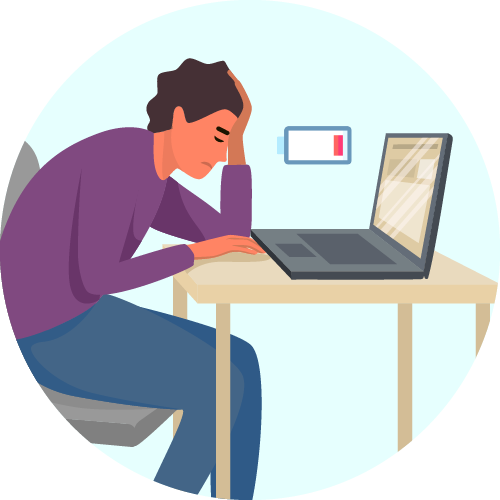
The term “burnout” was originally coined in 1974 in the book Burnout: The High Cost of High Achievement by Herbert Freudenberger.
In his book, Freudenberger defines burnout as “the extinction of motivation or incentive, especially where one’s devotion to a cause or relationship fails to produce the desired results.”
In 2019, the World Health Organization solidified its thinking on burnout, defining it as a syndrome. More specifically, the WHO ties burnout to “chronic workplace stress that has not been successfully managed.”
Yikes.
According to WHO, burnout is also characterised by “feelings of energy depletion or exhaustion; increased mental distance from one’s job, or feelings of negativism or cynicism related to one’s job; and reduced professional efficacy.”
In other words, burnout can make you:
- Exhausted,
- Unenthusiastic
- Less productive.
But what causes burnout?
Burnout is caused by chronic stress. It is often a direct result of the stress you face in your work. But your overall lifestyle can add to this pressure. Some sources claim personality traits, such as pessimism, perfectionism or a constant need to be in control can also contribute to burnout, for example.
Burnout does seem to be synonymous with work. But the majority of your time is probably spent at work.
So, if you dread going to work, then you don’t enjoy what you’re doing with the vast majority of your time, this can take a toll on your wellbeing.
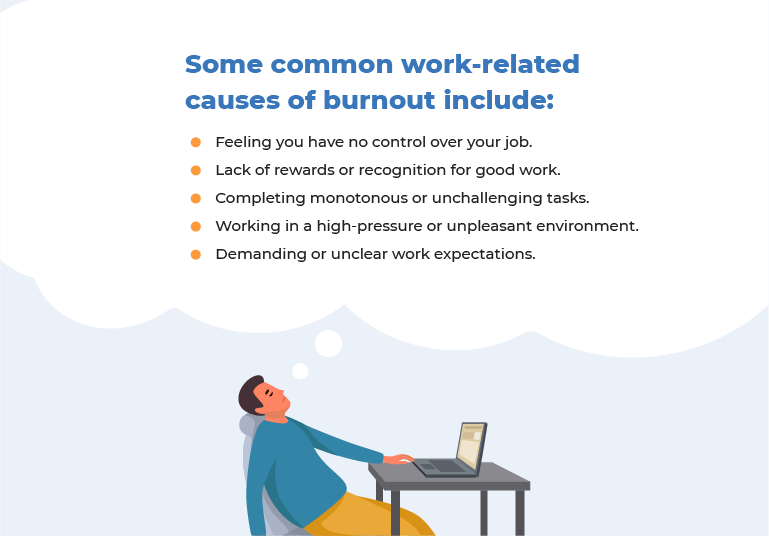
Some common work-related causes of burnout include:
- Feeling you have no control over your job.
- Lack of rewards or recognition for good work.
- Completing monotonous or unchallenging tasks.
- Working in a high-pressure or unpleasant environment.
- Demanding or unclear work expectations.
When it comes to your lifestyle, common burnout causes also include:
- Working too much.
- Leaving little time for relaxation or social activities.
- A lack of supportive relationships.
- Not getting enough sleep.
- Taking on too many additional tasks and responsibilities, without any help from other people.
Further research reveals that top employee stressors include personal finances, current events, concern over family’s health, the economy, job responsibilities, and Covid-19.
What about the effect of COVID-19?
Avoiding burnout during the first wave of the pandemic was no easy task and the lingering crisis is still hitting the world of work.
“Because the pandemic has brought an enforced change in lifestyle for most people, we are all a lot more susceptible to burnout,” says Dr Rekha Tailor, a former GP, speaking in a statement during the pandemic.
“Most of us are currently trying to cope in situations beyond our usual situation and control – whether that be key workers who are working longer hours, parents who are juggling homeschooling and work, or vulnerable people who are forced to self-isolate and are missing out on their usual routines. This puts a strain on everyone in different ways,” Tailor said.
In fact, research reveals that burnout is on the rise with more than half of the respondents in a recent survey experiencing burnout in 2021 – up from 43% of respondents in the same survey but during pre-Covid times.
Another survey found that 69% of employees working from home during the pandemic are experiencing symptoms of burnout.
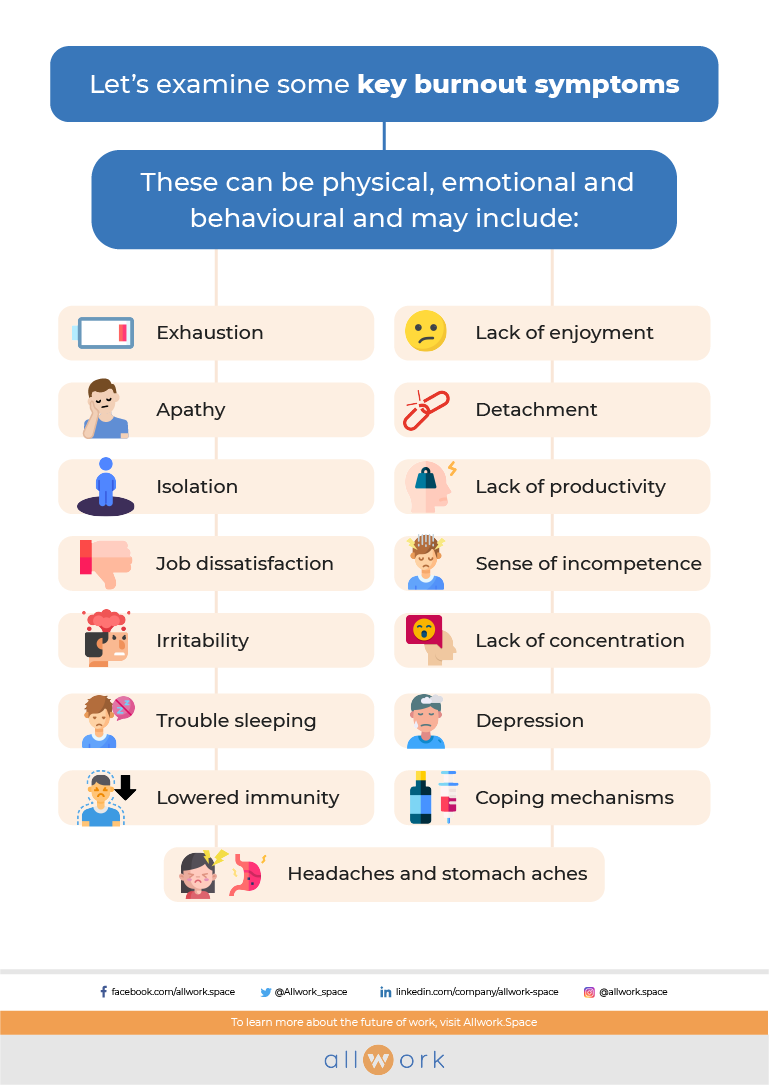
Let’s examine some key burnout symptoms. These can be physical, emotional and behavioural and may include:
- Exhaustion: Are you so tired that you can’t move a muscle? The first thing most people feel with burnout is both emotional and physical exhaustion. Your body and mind are running on empty and this has a knock-on effect across a range of other areas.
- Lack of enjoyment: If you’re exhausted, you may start to not enjoy your work tasks and, eventually, this can crossover into your personal life too.
- Apathy: This is another common trait with burnout – where you have a lack of interest in day-to-day activities. You may feel helpless and hopeless, wondering if there’s any point in even engaging with your work.
- Detachment: As your apathy increases, you may start to disconnect from other people and your environment. This could be either a physical or emotional disconnect, where you avoid going into the office or shirk your responsibilities. You may, for example, call in sick more often than you should, turn up late or just not return calls and emails.
- Isolation: Detachment can develop into isolation where you miss social and other work events to the point where you feel completely isolated and alone.
- Lack of productivity: Despite working long hours, you may not be able to produce work in the way you used to. You may struggle to complete projects or even start them.
- Job dissatisfaction: Studies show that job dissatisfaction is one of many side effects of burnout. So, if you’re struggling to motivate yourself to do the smallest work tasks, burnout could be an underlying cause.
- Sense of incompetence: Do you feel like you’re no good at anything you do? Burnout sufferers often feel this way, again, leading to a lack of motivation and productivity. You may feel that nothing you do is good enough.
- Irritability: If you’re stressed then you’re more susceptible to take things out on your co-workers, clients or customers. Sometimes, this can lead to angry and emotional outbursts. This irritability is often a result of the frustration you feel in your work and life as your performance and confidence both fall.
- Lack of concentration: If you find your mind wandering, then burnout could be to blame. Sufferers also report feelings of disillusionment and a loss of idealism.
- Trouble sleeping: Some studies have found that burnout sufferers can struggle to get to sleep and stay asleep. This is a vicious cycle for your mental health – with experts claiming that the decimation of sleep has a catastrophic impact on your wellness.
- Headaches and stomach aches: Freudenberger claimed headaches are a physical consequence of burnout. Others regularly cite stomach pains may be due to burnout. Like sleep problems, this hasn’t been scientifically proven – but anecdotal evidence exists.
- Lowered immunity: if you constantly get ill, then burnout may be to blame. It’s another one of the leading physical symptoms of burnout.
- Coping mechanisms: some burnout sufferers turn to food, alcohol and drugs to cope with these burnout symptoms. Unfortunately, this can often exacerbate the other, existing burnout symptoms.
- Depression: if you’re feeling exhausted, cynical and pretty useless, then depression can set in. While burnout and depression are two different entities, they are connected. Certain burnout symptoms also occur in depression. These include exhaustion, apathy and reduced performance. One medical paper states: “Because the symptoms are similar, some people may be diagnosed with burnout although they really have depression. So it’s important to not (self-) diagnose burnout too quickly. Doing so could lead to the wrong treatment.” Other studies show that if you’re prone to depression and anxiety, you could also be more vulnerable to burnout.
A note on stress and burnout
Sometimes, the terms stress and burnout are used interchangeably. But they are two separate entities.
While burnout may result from unrelenting stress, it isn’t the same as too much stress.
If you’re stressed, then you may feel overwhelmed both physically and/or mentally. However, stressed individuals can still see a way out. They can imagine that things will get better if they can just get things under control.
Burnout, however, is about feeling there is no simple way out.
You feel exhausted, unmotivated, and beyond caring. You can’t see any positive way out of the situation.
One report states: “If excessive stress feels like you’re drowning in responsibilities, burnout is a sense of being all dried up. And while you’re usually aware of being under a lot of stress, you don’t always notice burnout when it happens.”
Burnout symptoms – a summary
Here are some warning signs that you may be experiencing burnout:
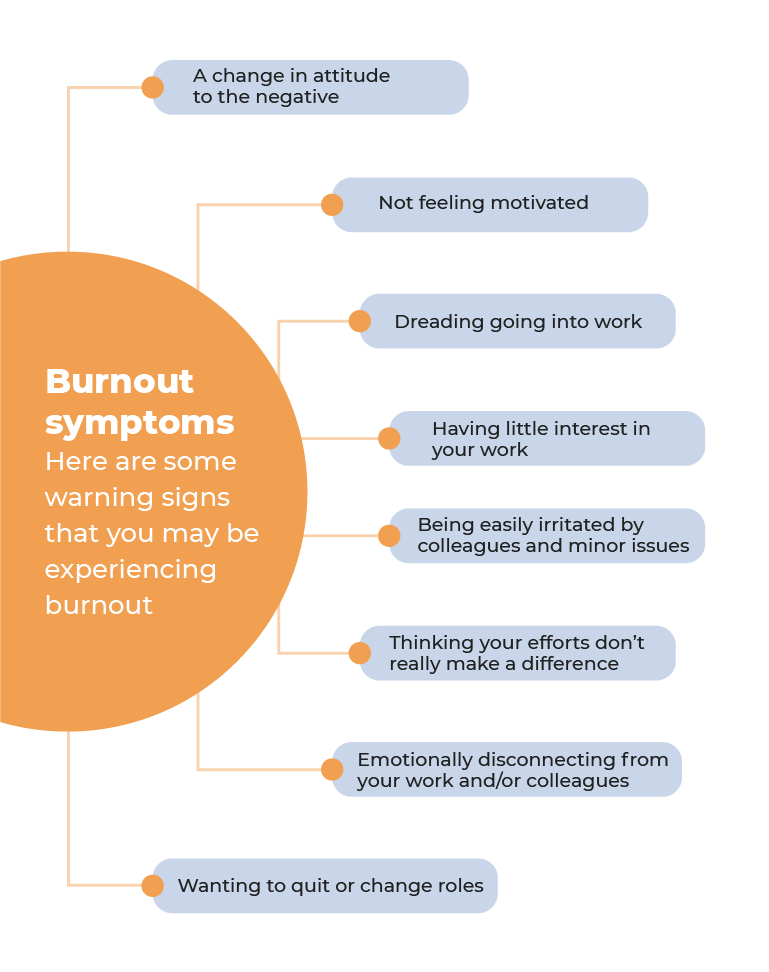
- A change in attitude to the negative
- Not feeling motivated
- Dreading going into work
- Having little interest in your work
- Being easily irritated by colleagues and minor issues
- Thinking your efforts don’t really make a difference
- Emotionally disconnecting from your work and/or colleagues
- Wanting to quit or change roles.
SECTION TWO: How to deal with burnout once it’s happened

By now, you should have a pretty good sense of what burnout is and the key burnout symptoms. This article in Psychology Today also recommends a few tests you can do to check your stress levels.
First, commit yourself to a stress-free weekend (or two days off work). You can’t do any work, take any work-related calls, emails or other messages. The idea is to remove the source of your stress.
Then, try to sleep in on both days and eat well. Make sure you do some hobbies and activities you enjoy.
If you wake up on Monday morning, tired and dreading the working week ahead then you are “likely suffering from burnout,” according to the article.
If you want to test yourself further, try taking two weeks off and see if the same feelings of dread come back when you have to return to work.
Of course, this is one piece of advice in one publication. It’s important to seek advice from a medical professional, if you’re experiencing any feelings of stress, anxiety or burnout.
With that in mind, here are some measures you could put in place to help you when it comes to avoiding burnout.
Prioritise self-care
You must find the time and space to replenish your energy stores. There are plenty of ways to practice self-care. These include prioritising:
- Good sleep habits
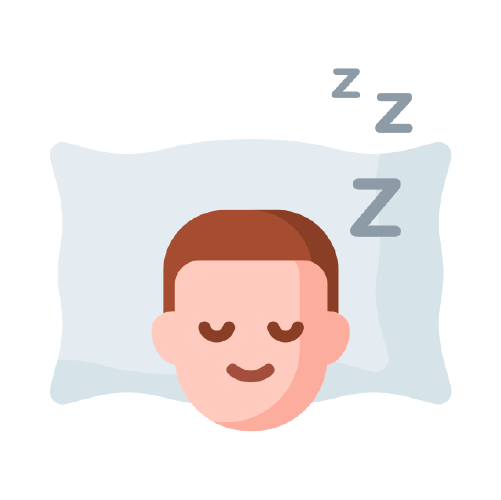
- Good nutrition

- Exercise

- Social connections

- Activities promoting wellbeing, such as meditation, writing in a diary or just taking a walk.

There is also a range of calming apps now available that claim to help individuals beat stress and burnout. These include mindfulness and meditation apps – as well as a digital colouring-in app.
If you have trouble fitting in time for these activities, try to book out a time every day in your work calendar.
You may also want to keep a diary of what you actually spend your time doing to help identify your stress triggers.
This article in Harvard Business Review recommends the following: “For each block of time, record what you’re doing, whom you’re with, how you feel (for example, on a scale of 1 to 10, where 1 equals angry or drained and 10 is joyful or energised), and how valuable the activity is. This will help you find opportunities to limit your exposure to tasks, people, and situations that aren’t essential and put you in a negative mood; increase your investment in those that boost your energy; and make space for restful, positive time away from work.”
Once you’re armed with that information, you can start to assess where your stress exists and whether you can avoid stressful situations. This targets the root causes behind burnout.
Reach out to connections
Refocus your time on your relationships. “The best antidote to burnout, particularly when it’s driven by cynicism and inefficacy, is seeking out rich interpersonal interactions and continual personal and professional development. Find coaches and mentors who can help you identify and activate positive relationships and learning opportunities. Volunteering to advise others is another particularly effective way of breaking out of a negative cycle,” the same article in HBR also recommends.
You may want to seek support from your coworkers, friends and family. By confiding with someone you trust, this action will help you to reduce your stress levels and get some initial advice on what to do next.
You may also want to identify a few things that you need to help you overcome burnout with a handful of solutions. For example, if you’re struggling with your work-life balance then you may want to put some rules in place where you don’t answer emails and messages outside of work. You may want to push back on some deadlines or try to delegate some of your work, for example.
You may also want to explain the situation to your employer. This article recommends being open about the fact that you’re feeling the effects of burnout. “Communicate the symptoms you have noticed – both physical and mental – and highlight some things you identified as needs for overcoming your current state.”
SECTION THREE: How to prevent burnout
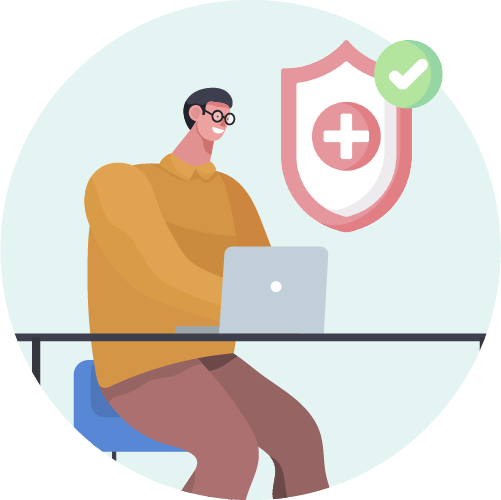
Prevention is better than cure, right? So, avoiding burnout should be your top priority.
Of course, that’s often easier said than done. And while stress is often unavoidable, you may want to try some of the following to help with avoiding burnout:
Exercise
Exercise is good for both your physical and mental health. It can also help you to increase your energy levels and boost your productivity, as a result. What’s more, exercise can help you get a good night’s sleep – another way to help prevent burnout.
If you want to fit more exercise into your day, you could try getting up a little earlier or even exercising at lunchtime. Walking meetings are another way to stay active – but make sure you find time to truly take a break from your work and get some exercise. Instead, you could set up an office fitness challenge or try to exercise with your co-workers to fit exercise in around your work schedule.
Sleep
There is a direct link between stress and lack of sleep. It’s also a bit of a vicious circle too. Stress makes it harder for you to sleep. But a lack of sleep can worsen stress.
As mentioned, exercise is one way to help you get a good night’s sleep. You may also want to:
- Avoid caffeine, especially later on in the day
- Establish a relaxing bedtime routine
- Avoid screen time before you go to bed
- Consider using white noise to block out external sounds and help you relax
Analyse
You may want to analyse your current role to clarify what’s expected of you, and what isn’t. This can help you prioritise your work and delegate with confidence.
If you feel like your boss is assigning more work to you than you can handle, then organise a meeting to discuss your feelings with them. Come prepared with some facts and figures on your job, including some analysis, to show where your time is going and on what. Make it clear that you can’t keep going under the current regime and you’re starting to feel the effects of burnout.
Find purpose
Rediscovering your purpose can help you to address those feelings of apathy you may have about your work. If you think you’re in the wrong career or company, develop a strategy to help you find a career that’s better for you.
You don’t necessarily need to change your job to avoid burnout either. Sometimes, you can find purpose by helping others in your work. You could, for example, mentor a colleague or just help out with those small day-to-day tasks in the office.
Identify triggers
What stresses you out? Take time to think about what triggers any feelings of stress or anxiety, analyse why and then take action.
Set boundaries
As more of us work from home, it can feel difficult to impose boundaries on our work. But this is a key step to prevent burnout. Otherwise, you will find yourself working long hours and struggling to separate yourself from your work.
You may want to:
- Set up a dedicated workspace in your home
- Turn off notifications on your phone at a certain time
- Make sure you eat away from your desk
- Establish a work routine
Reach out
Sometimes, it helps to talk to someone else about your feelings and the day-to-day stresses you encounter. Just finding a friendly voice can help you boost your mood and find ways to tackle stress and burnout.
Also, try to engage in activities outside of your work. Join a club. Go for a run. Whatever you enjoy away from your desk, go and do it. And do it on a regular basis.
The key here is to find a way to destress that works for you. Every one is different – but stress is a universal issue and one we all need to address in our day-to-day working lives by helping each other.
IN CONCLUSION
Burnout is a real issue and one the post-pandemic world of work is waking up to. Companies are increasingly laying out strategies to combat burnout. “However, many of these plans forget essential steps that can truly tackle this mental health crisis,” according to a recent article in Allwork.Space.
“Companies need to create a fully-thought-out plan, rather than just a few strategies to address burnout. These plans should include asking employees specific questions about how their workday looks in order to get a full understanding of their situation.”
But you shouldn’t rely on surveys alone. Allwork.Space also recommends businesses can tackle burnout by:
- Using HR data to gain a better understanding of your company’s health and how it supports our workers.
- Making concrete policy changes to create an environment that prioritises wellbeing, acknowledging that good work comes from reasonable scheduling.
- Communicating with staff, reminding them of your policies and stance on their wellbeing.
- Identifying why workers are struggling in the workplace, and not just relying on a flexible working policy to alleviate stress.
FAQ SCHEMA
1. Is crying a sign of burnout?
If you’re suffering from burnout, then you may run a gauntlet of (rather unpleasant) emotions.
These may include feelings of failure and self-doubt; feeling helpless, trapped and defeated; detached from the world and a loss of motivation. In fact, burnout is often synonymous with a feeling of helplessness, where you can’t see a way out of the situation you find yourself in.
As a result, bouts of crying and irritability are often associated with burnout. But burnout can affect individuals in a range of ways.
2. What are the stages of burnout?
In general, there are five stages of burnout. These include:
- The honeymoon phase: Work is often the trigger for burnout but when you start a new task or role, you will probably start with feelings of optimism. At this stage, you probably won’t have any burnout symptoms but it’s important to put in some coping mechanisms at this stage for when the stress does start to ramp up.
- The onset of stress: Some days may start to feel more difficult than others and your optimism may start to dip. You may start to notice some early burnout symptoms where you feel anxious, tired or irritable, for example.
- Chronic stress: Your stress levels have increased and you’re experiencing stress on a frequent basis. Your burnout symptoms may increase in severity and number.
- Burnout: Now your burnout symptoms have reached a critical level. You cannot continue as normal and find it difficult (maybe impossible) to cope.
- Habitual burnout: The symptoms of burnout are so ingrained in your life that you experience significant mental, physical and emotional problems on a very regular basis.
3. How do you recharge after burnout?
There are many ways to recharge when you burn out. Different things work for different people but it’s important to tackle both your physical and mental well-being.
Physically, you could recharge by:
- Eating well
- Stretching
- Exercising
- Getting more sleep
Mentally, you could recharge by:
- Listing your accomplishments
- Letting go of past mistakes
- Doing something you enjoy
- Taking breaks from sources of stress
- Spending time with loved ones
- Meditating
- Focusing on one task at a time
- Taking a break from technology
- Doing something creative
- Writing in a diary
4. How can I deal with burnout?
There are many ways to deal with burnout. From a work perspective, you may want to:
- Finish work on time
- Set boundaries in your work
- Take all of your annual leave
- Schedule in enough time for fun activities
- Ask if you need help
Also, make sure you:
- Eat well
- Stretch
- Exercise
- Get enough sleep
5. Is anger a sign of burnout?
Yes. Burnout sufferers are prone to feeling irritable and angry. But anger isn’t something to get down on yourself about. It’s a signal that you need help.
Experts claim: “Anger has a lot to do with defining boundaries. Setting and respecting boundaries is very difficult. Sometimes you feel irritated, but you can’t see that this has something to do with crossing a boundary.”
“So being aware of boundaries is very important. People with burnout often respect few boundaries, including those of anger. Feeling irritated is the first manifestation of anger. It is worth knowing what your underlying needs or desires are.”


 Dr. Gleb Tsipursky – The Office Whisperer
Dr. Gleb Tsipursky – The Office Whisperer Nirit Cohen – WorkFutures
Nirit Cohen – WorkFutures Angela Howard – Culture Expert
Angela Howard – Culture Expert Drew Jones – Design & Innovation
Drew Jones – Design & Innovation Jonathan Price – CRE & Flex Expert
Jonathan Price – CRE & Flex Expert












